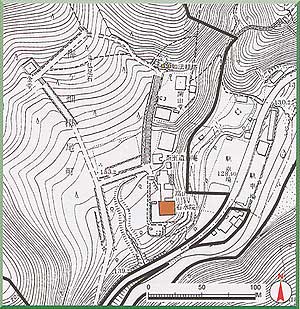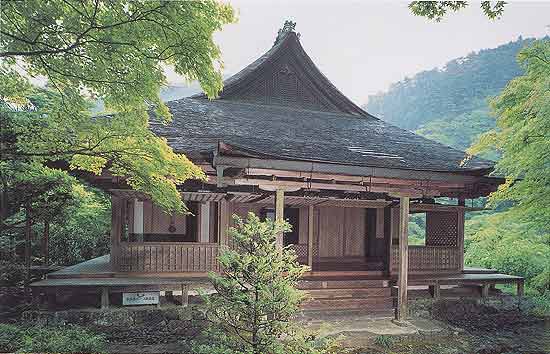| JAPANESE | |
| J. Kozan-ji | |
| The graceful building which harmonize with the natural scenery | |
| Establishment: The begining of the 13th century (1206) | |
| Kozan-ji was established at the begining of the 13th century, when the
monk Myoe restored a temple originally built in 774 and renamed it Kozan-ji. At
the time of its restoration, the temple comprised a number of buildings,
including the Kondo, the Amidado, the Jusannoto (thirteen-storied pagoda)
and the Tozai-kyozo (Tozai sutra repository). Kozan-ji fell into decline
during the military upheavals of the middle ages, but was restored in 1634,
with the advent of the Edo Period. The Sekisui-in is the only surviving structure that dates from Myoe's time. Architectural techniques such as sugaru-hahu gables (leaning form) and various details of design represent the architecture of the Kamakura Period. Because it harmonizes with its natural surroudings, the Sekisui-in instills in the visitors relief, and which is a good example of an interesting aspect of Japanese culture. Other buildings in the inner part of the temple include the Hokyoin-to and Nyohokyo-to stone pagodas. |
 |
 |
|
| Photo by Kanzaki Junichi | |
Map of "Historic Monuments of Ancient Kyoto" |
|